Bengals are known for their gorgeous coats, energetic natures, and friendliness. While these cats can be amazing pets for the right people, they can also wreak havoc in a home that’s unprepared for them. So, what are some common complaints about Bengals?
Bengals are more likely to have behavioral problems than your average cat due to their wild ancestry and their specialized care needs. They require more daily exercise and mental enrichment to keep them healthy and happy and prevent behavioral problems such as destruction or spraying.
In this article, we’ll discuss 11 of the most common Bengal complaints to help you decide whether these cats are right for you.
#1: Bengals are More Energetic than Your Average Cat
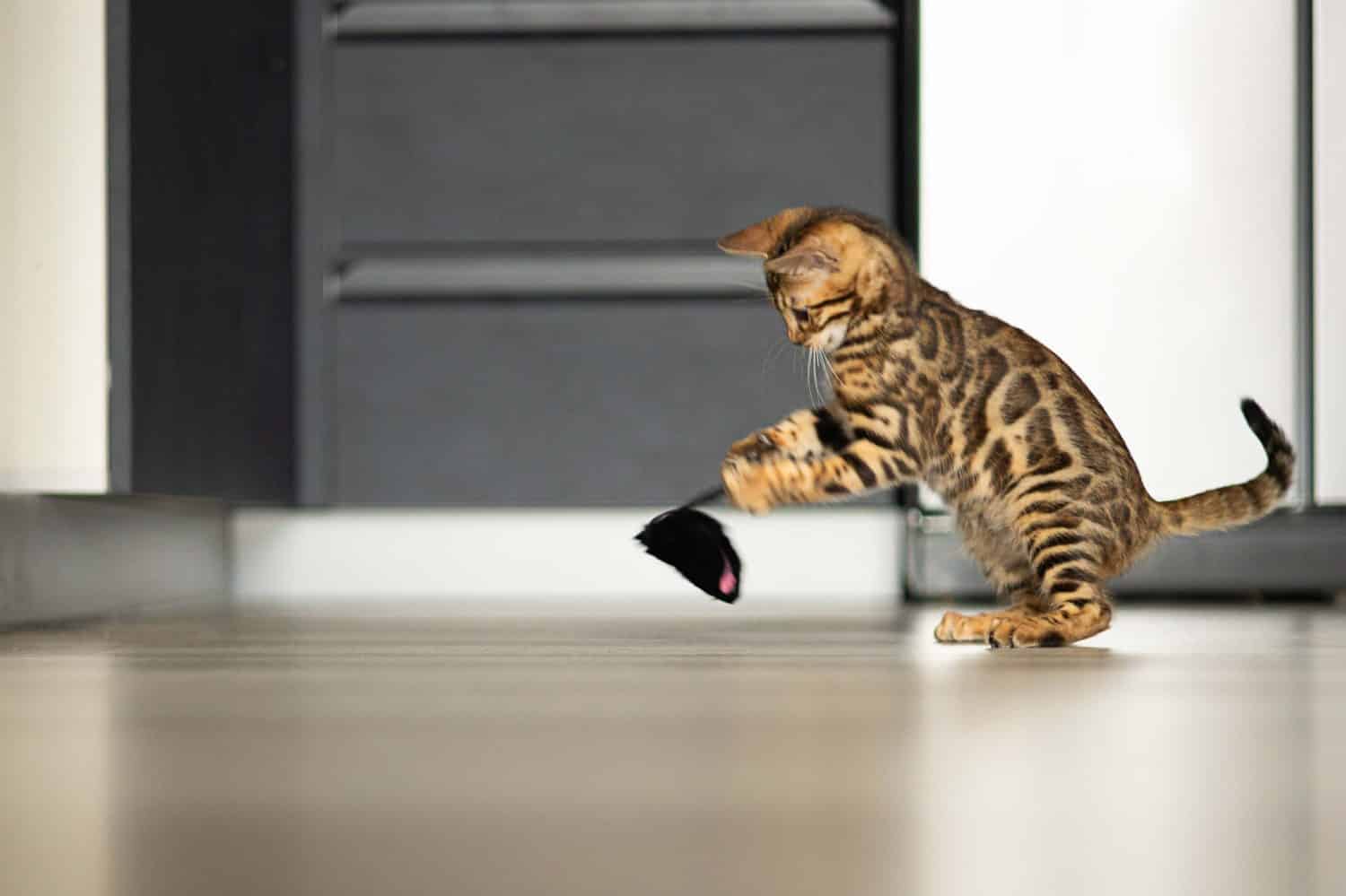
Bengals need a lot of exercise.
©KaMaLeMi/Shutterstock.com
Your typical housecat requires at least 30 minutes of daily play, broken into 10-15 minute sessions throughout the day. Bengals need much more than this.
Many people purchase cat wheels for their Bengals to exercise or take them out on walks or hikes. No cat should be allowed to free-roam outdoors, as this is dangerous and shortens their lifespan. But harness training your Bengal cat is simple and effective, even if they might never heel at your side like a dog.
They’ll also need all of your typical cat things–tall, sturdy scratching posts, cat trees, and wand toys. Bengals enjoy vertical space and must have things to climb, just like any other cat.
#2: Kittens Should be Adopted in Pairs

You shouldn’t adopt just one Bengal kitten.
©PHOTOCREO Michal Bednarek/Shutterstock.com
This isn’t exclusive to Bengals, but kittens should never be adopted into a home without other cats of a similar age. They learn manners from one another, they play together, and they meet each others’ social needs. Remember: cats are not solitary animals. They’re very social creatures.
In your Bengal kitten, you may see single kitten syndrome amplified, since they’re more prone to these problems to start and require more attention, exercise, and mental enrichment–some of which another kitten can provide to them.
Hard biting, destructiveness, and even stress behaviors like spraying and isolation anxiety are much more common in cats raised in single-cat households.
#3: Bengals Aren’t Dogs

Bengals are still cats and do not behave like dogs.
©NiseriN/iStock via Getty Images
This may seem silly to say, but Bengals won’t act like dogs! At the end of the day, they’re still cats.
Many dog people adopt Bengals thinking they’ll be dog-like and a better choice than, say, an orange tabby. However, it’s still vital to learn cat body language. Training and play will still look different than it does with your dog.
You might find a better fit for you in a small dog such as a Pomeranian, or even in a shelter cat! Just like Bengals, other cat breeds are trainable, playful, and enjoy walking on a harness (once they’ve been trained, of course!). They’re also easier pets to keep.
#4: They Can be Destructive

Bengals can be quite destructive, especially if they don’t get enough exercise or mental enrichment. While this is true of all cats, it’s especially true for this smart, energetic, and mischievous breed.
You can curb their behaviors by playing with them daily, providing plenty of perches and spaces to climb and run. Mental stimulation in the form of daily training, walks on a harness, or time in a catio (cat patio) can keep them occupied so they aren’t bouncing off the walls quite as much.
They’ll also need to be trained like any other cat to scratch appropriately and to stay off of counters.
#5: Bengals May Pee Outside of the Litterbox
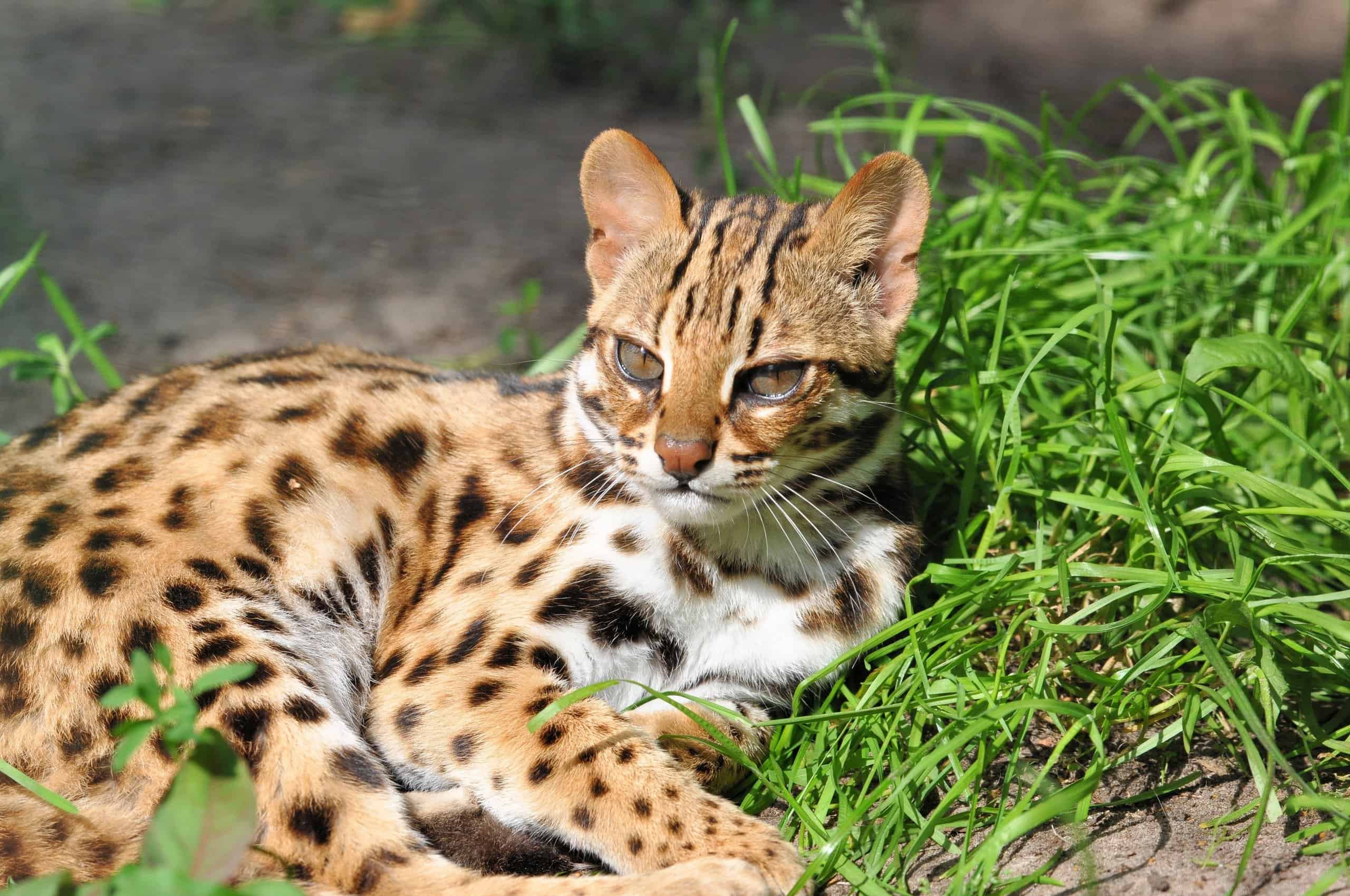
A Bengal’s Asian
leopard
cat ancestry makes them more likely to display wild cat behaviors like peeing outside of the litterbox.
©Arno van Dulmen/Shutterstock.com
Every cat has the potential to pee outside of the litterbox, and it’s most prevalent in unneutered males. However, we tend to see this behavior more often in Bengals since they are part wild cat. This is something you may have to accept if you adopt a Bengal.
There are solutions to spraying in cats, like checking for health problems at the vet, providing enough stimulation for your Bengal to prevent stress, and keeping the litterbox clean. But it’s also hard to stop it if it’s behavioral or territorial in nature.
#6: Bengals are Prone to Separation Anxiety

Your Bengal may become anxious if left alone.
©Raphael Angeli/iStock via Getty Images
Bengals tend to be clingy, though not necessarily cuddly. While no cat should be left alone all day, Bengals tend to tolerate it less and may develop separation or isolation anxiety.
This anxiety is difficult for the humans involved, and excruciating for the animals. They may feel distressed being alone even for a few seconds, or if you’re in another room without them.
#7: They’re Smart
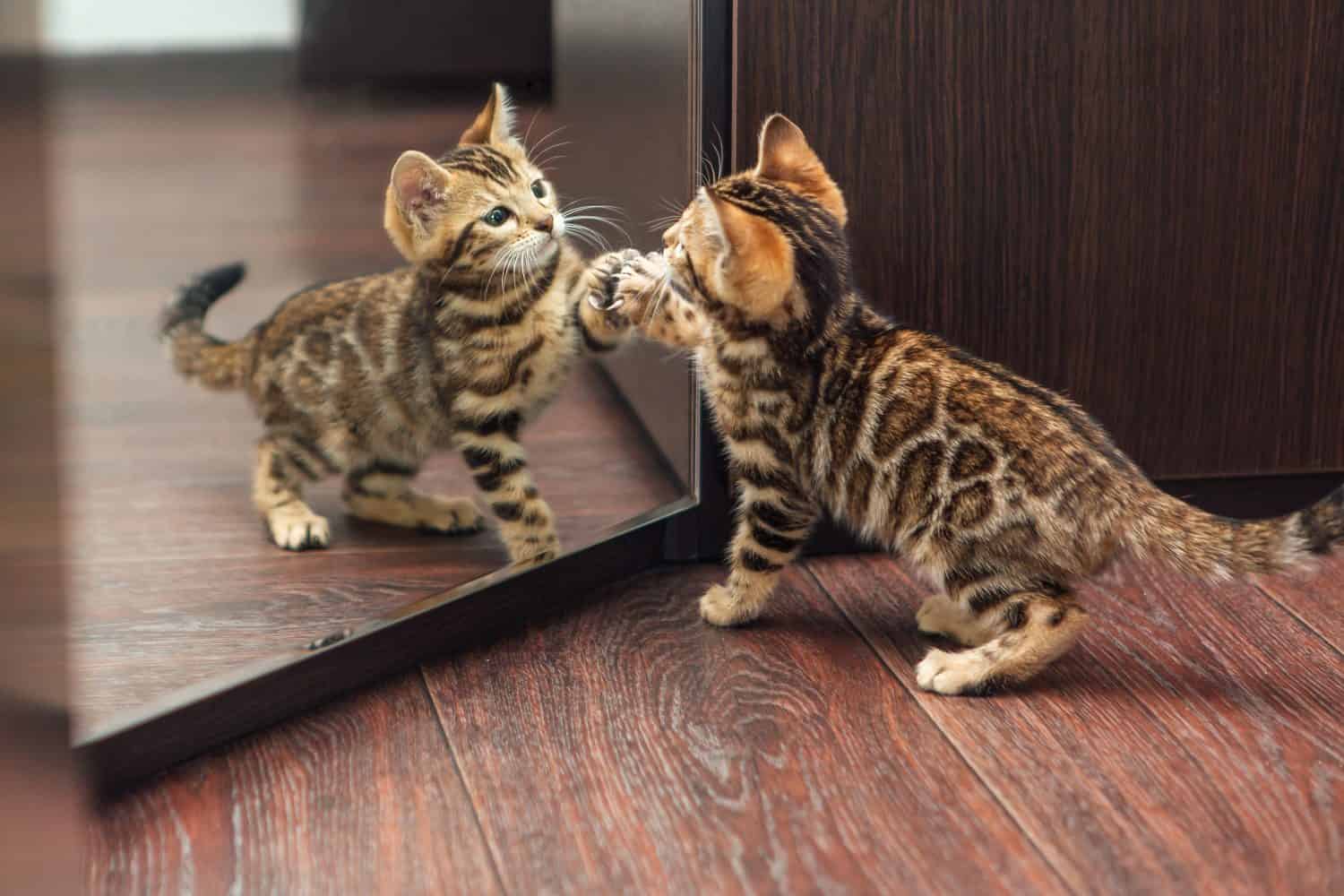
Bengals tend to be smarter than your average cat.
©Smile19/Shutterstock.com
Most cats are intelligent, but won’t learn how to open doors or turn on the kitchen faucet for a drink. Bengals can do these things and seem to watch their people in order to learn.
They get into more mischief and also have higher mental enrichment needs as a result.
#8: They’re Very Vocal
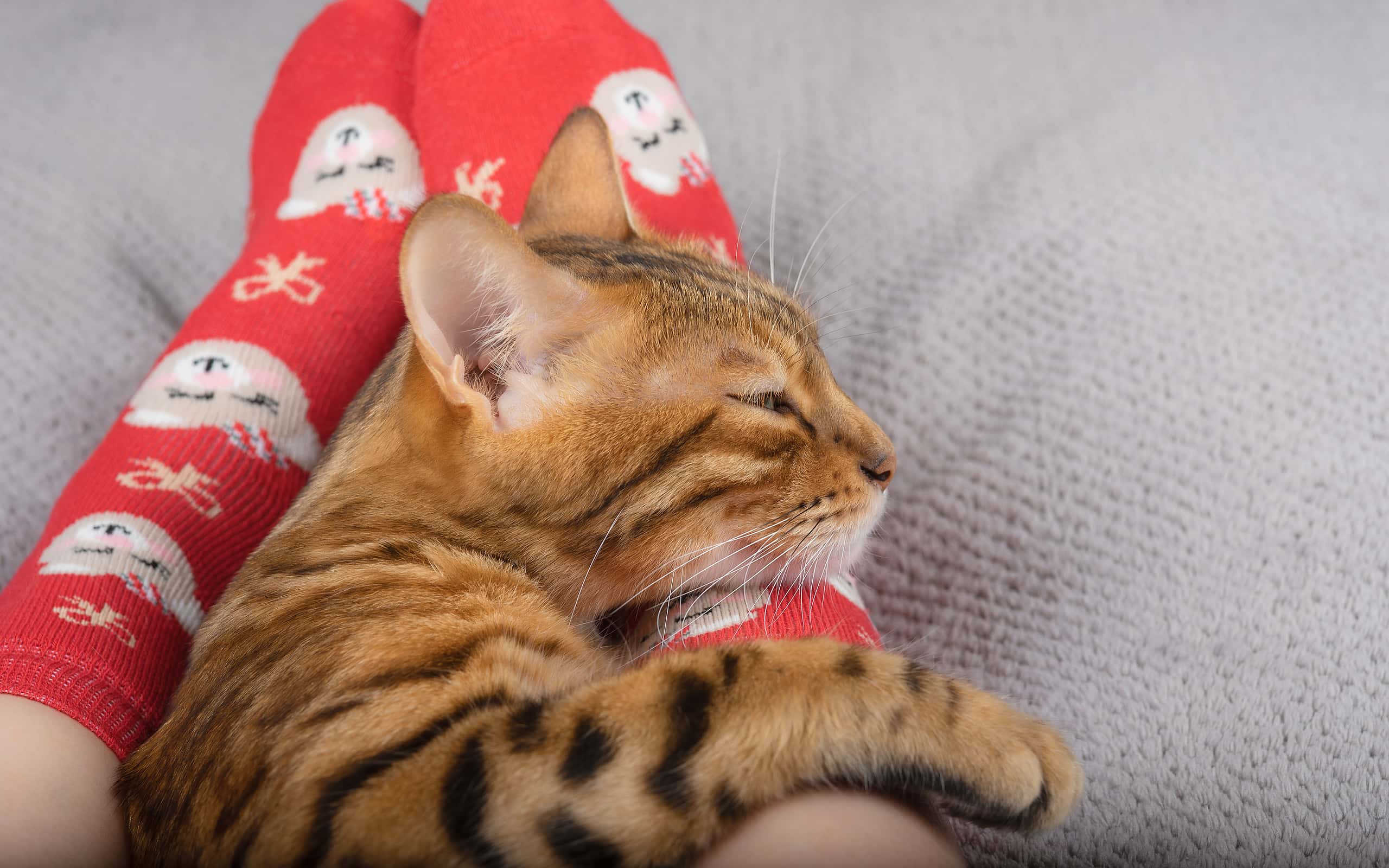
Talking with your Bengal can make them feel more connected to you.
©Svetlana Sultanaeva/iStock via Getty Images
If you don’t want a chatty cat, you should avoid this breed! Bengals tend to be incredibly vocal, and there’s no training them out of it.
They won’t only vocalize when they need something but instead seem to always have things to say!
It’s also common for Bengals to meow, especially at night, because they’re bored and not getting enough energy out during the day.
#9: Bengals are Prone to Health Problems
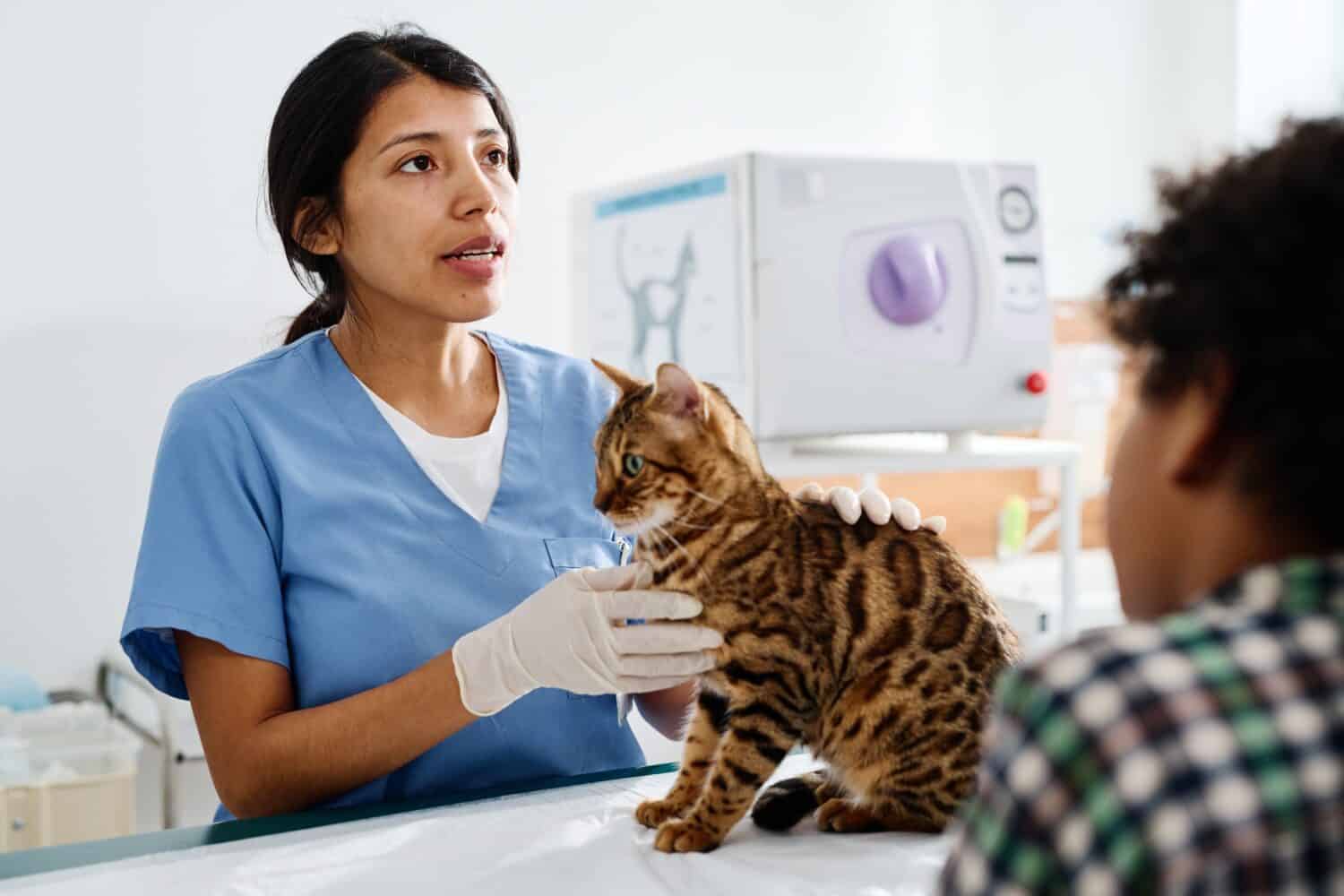
You may see some genetic health problems in your Bengal, especially if they’re poorly bred.
©Pressmaster/Shutterstock.com
Bengals are prone to some genetic health problems, including:
- Luxating patella
- PK deficiency
- Eye conditions
- Heart disease
- Lymphoma
Reputable breeders will screen for genetic health problems and will never breed unhealthy cats. They should make health test results public for you to view and provide their veterinarian as a reference for potential adopters.
#10: Bengal Breeding is Highly Controversial

Many people see Bengal breeding as inherently unethical.
©Olga Apanasenko/Shutterstock.com
Bengals are hybrid cats, meaning they were initially bred from a domestic cat and an Asian leopard cat. It’s unethical to keep wild animals captive for breeding purposes unless you’re doing so for conservation efforts.
This becomes less of an issue now that many breeders are breeding Bengals to Bengals, rather than domestic cats to wild cats–but it’s an unfortunate part of the breed’s history that is still happening today.
Bengals also see an increase in behavioral and health problems that aren’t as prevalent in your average housecat, as we’ve discussed above. People often adopt Bengals without being prepared for this, simply seeing them as cute cats or even cats who will behave like dogs. Most people wanting to adopt a Bengal would be happier and better able to care for a tabby cat from a shelter or a small dog
Any animal that becomes popular has an influx of poor breeding, as people want to make money. This means even more irresponsible people are breeding Bengals without care for their health or welfare. The Bengal space is primarily (and arguably, solely) filled with kitten mills and backyard breeders.
#11: They’re Banned in Some States
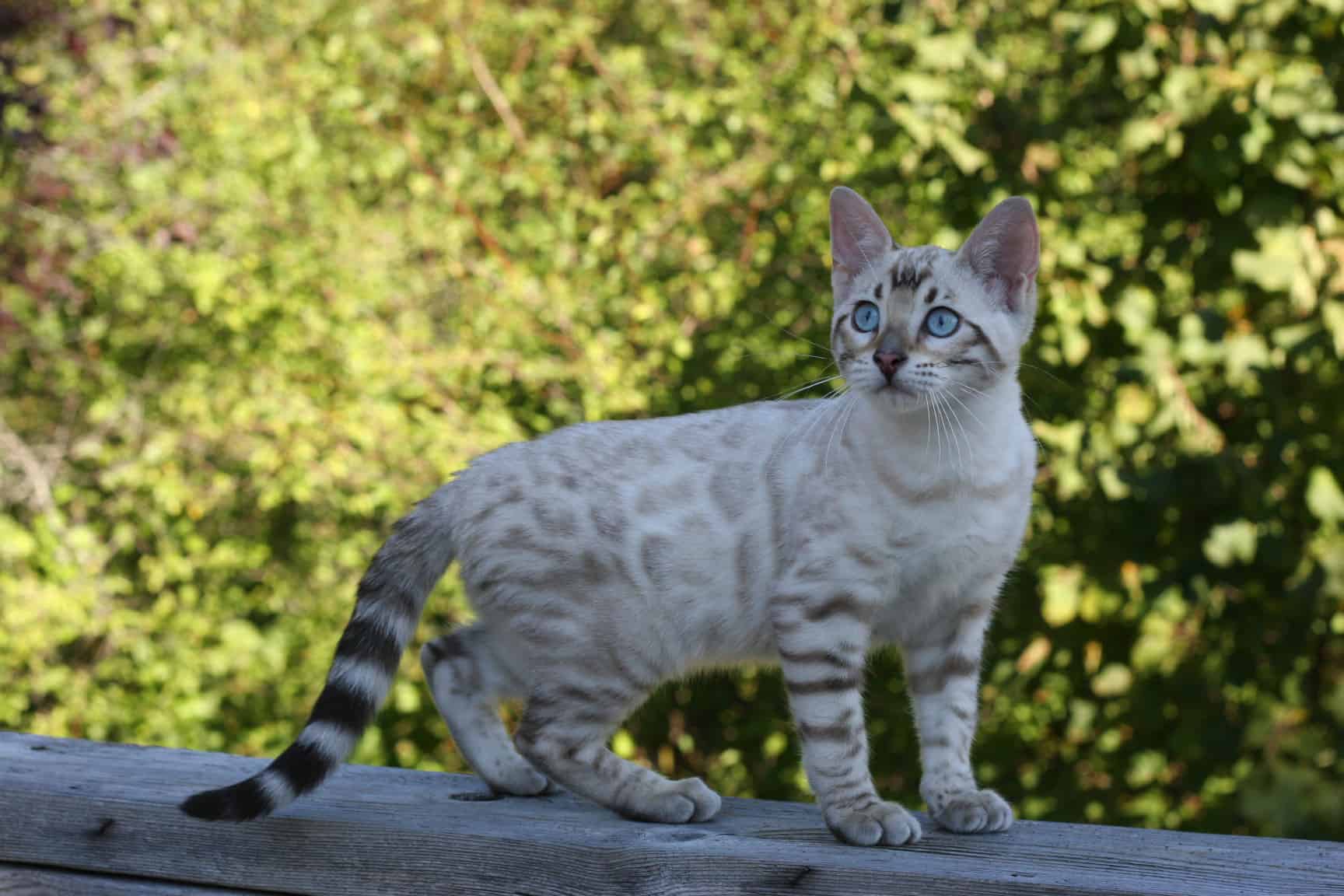
Since they’re hybrids, your state may ban or limit the sale of Bengal cats.
©A-Z-Animals.com/Rachael Monson / Nemera Bengals
Some states ban Bengals, particularly cats who have too much wild ancestry. For instance, Bengals with one Asian leopard cat parent may be banned by your state, while those with two Bengal cat parents might not be.
This may be sad for you if you want a Bengal cat, but it’s generally a good thing–many Bengals suffer because they’re trendy at the moment and people buy them without being prepared for their needs and quirks.
If you cannot adopt a Bengal, I highly recommend opting for a shelter cat instead! They’re just as beautiful, lovable, and in desperate need of homes.
The photo featured at the top of this post is © Ermolaev Alexander/Shutterstock.com
Thank you for reading! Have some feedback for us? Contact the AZ Animals editorial team.






